Geotourism around The Pyrenees Mountain Range
The Pyrenees mountain is a chain of mountains in southwestern Europe that form a natural border between Spain and France. The landlocked state of Andorra is entirely surrounded by the Pyrenees mountains. The Mountain range extends for about 500 km from the coasts of the Mediterranean Sea in the east to the Bay of Biscay (Atlantic Ocean) in the west. The range separates the rest of continental Europe from the Iberian Peninsula. The central axis of the Pyrenees is composed of ancient granite and slate more than two hundred million years old, flanked by Mesozoic and quaternary sedimentary rocks. Pico de Aneto is the highest mountain peak in the Pyrenees Mountains that is located in the Spanish province of Huesca in the Posets-Maladeta Natural Park. It rises to an elevation of 3,404 m and is also the third-highest mountain in Spain.

What mountain range separates France from Spain?
Pyrenees mountain range separates France from Spain and creates an imposing and continuous barrier between the Mediterranean and the Atlantic across a distance of 430km. Pyrenees mountain range is separated into two divisions. These are The Spanish Pyrenees which form a part of the Spanish provinces of Barcelona, Girona, Gipuzkoa, Huesca, Lleida, and Navarra. The French Pyrenees form a part of the French departments of Ariege, Aude, Haute-Garonne, Hautes-Pyrenees, and Pyrenees-Atlantiques. The Pyrenean range is made up of regions full of colour and home to legendary sights such as the Cirque de Gavarnie and the Pic du Midi.
Cirque de Gavarnie
The Cirque de Gavarnie is a cirque in the central Pyrenees, in France. It is within the commune of Gavarnie and the Pyrenees National Park. Major features of the cirque are Roland’s Pass and the Gavarnie Falls. It was described by Victor Hugo as “the Colosseum of nature” due to its enormous size and horseshoe shape resembling an ancient amphitheatre. The cirque is 800 m wide at the deepest point and about 3,000 m wide at the top. The rock walls that surround it are up to 1,500 metres above the floor of the Cirque.
During the warmer seasons of spring, summer and fall, there are a number of large meltwater falls that spill into the cirque. The largest of these is Gavarnie Falls, the second-highest waterfall in Europe. It descends some 422 metres over a series of steps before reaching the floor of the cirque.
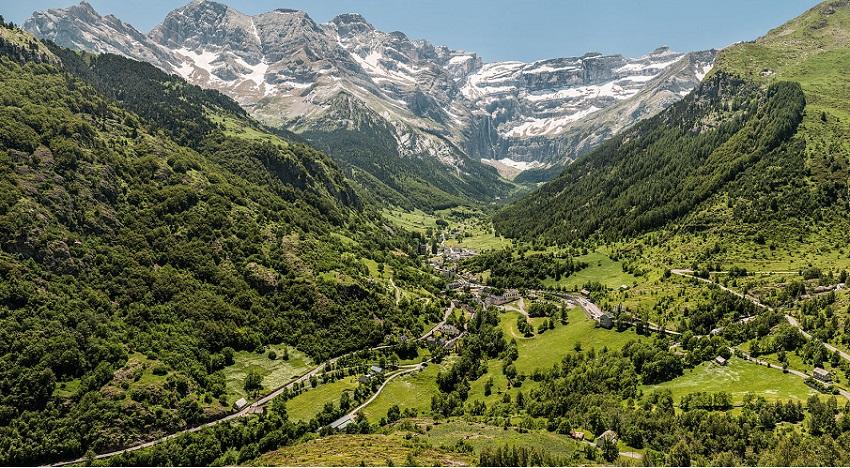
Pic du Midi
The Pic du Midi situated at an elevation of 2,877 m is a mountain in the French Pyrenees. It is the site of the Pic du Midi Observatory. The Pic du Midi invites visitors to experience Sunset and sunrise and night under the stars. one can see here the observation domes and the brand-new planetarium. the peak is accessed by cable car.
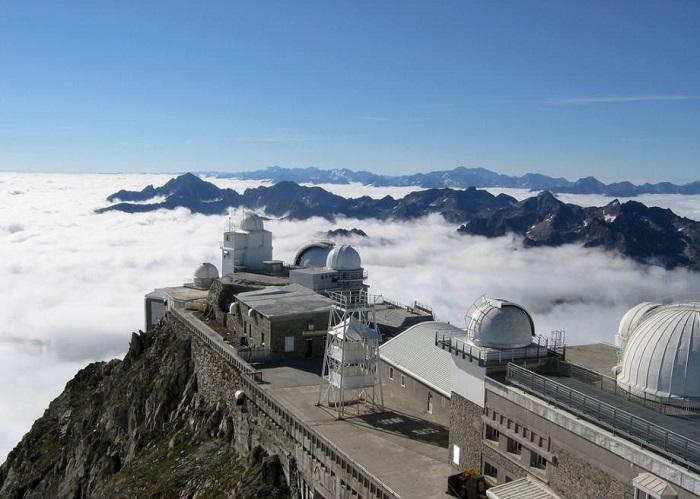
Pyrenees Mountain range is divided into three sections. These are the Atlantic Pyrenees, the Central Pyrenees, and the Eastern Pyrenees. Some of the highest mountain peaks of the Pyrenees Mountain Range including the Pico de Aneto, Pico Posets, and Monte Perdido are located in the Central Pyrenees. Pyrenean landform consists of steep rocky slopes, spectacular canyons, and karstic high plains. Evidence of Quaternary glaciation is everywhere, with stunning cirques and ice-smoothed, U-shaped valleys.
Home Doctor medicine for Every household-click here
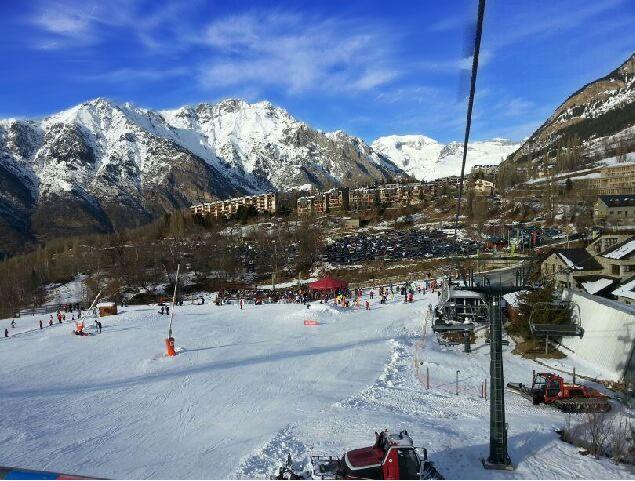
Geology of the Area
Research says that the Pyrenees Mountains are quite old mountains in comparison to the Alps. It was formed due to the upwelling of large sedimentary rocks starting about 150 million years ago in the Lower Cretaceous Period and ending in the Eocene Epoch. During the Lower Cretaceous Period, the Bay of Biscay fanned out, pushing present-day Spain against France and applying intense compressional pressure to large layers of sedimentary rock. The intense pressure and uplifting of the Earth’s crust first affected the eastern part and moved progressively to the entire chain, culminating in the Eocene Epoch.
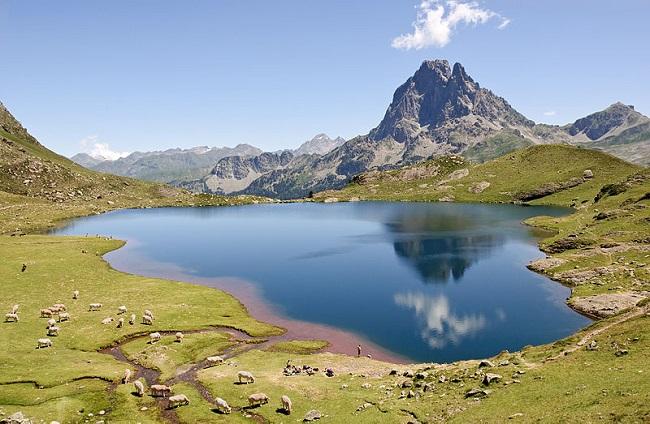
The eastern part of the Pyrenees consists largely of granite and gneissose rocks, while in the western part the granite peaks are flanked by layers of limestone. The massive and unworn character of the chain comes from its abundance of granite, which is particularly resistant to erosion, as well as weak glacial development. The upper parts of the Pyrenees contain low-relief surfaces forming a peneplain.
Lose your weight with perfect shape-click here
The higher elevations of the mountains have numerous high waterfalls and many passes that are circled by hanging valleys. Located in the Cirque de Gavarnie in the Hautes-Pyrénées is the Gavarnie Falls which at 422 m is France’s highest waterfall. Along with Cirque de Gavarnie, Cirque d’Estaubé and Cirque de Troumouse are some significant cirques that are located in the Pyrenees mountain ranges. Some notable passes include Col de la Perche, Col de Puymorens, Col de Somport, Pas de la Casa, Port de la Bonaigua and the Roncevaux Pass.
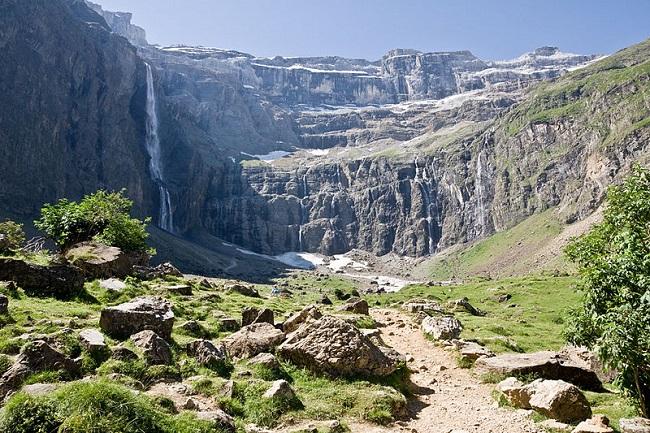
Many sulfurous and saline hot springs are also found here. The Western Pyrenees receive more rain and snowfall in comparison to the Eastern Pyrenees. Therefore, some glaciers are found in the Central and Western portions but no such glaciers are found in the Eastern Pyrenees.
Also, read- Did you know ‘Flared slope’ in Geology, if not Read About “Wave Rock”
Wildlife
Pyrenees mountains are rich in flora and fauna. it contains high levels of biodiversity and many endemic species. Of the 3,500 species of plants found in this ecoregion, about 200 are endemic. the area also includes the endangered brown bears and the endemic Pyrenean desman and Pyrenean brook salamander. In addition to this, several blind insects in the Ariége caves and the highly endangered raptor, the bearded vulture are also found here. Several nature reserves and national parks are located in the Pyrenees Mountains including the Pyrenees National Park, and the Posets-Maladeta Natural Park.
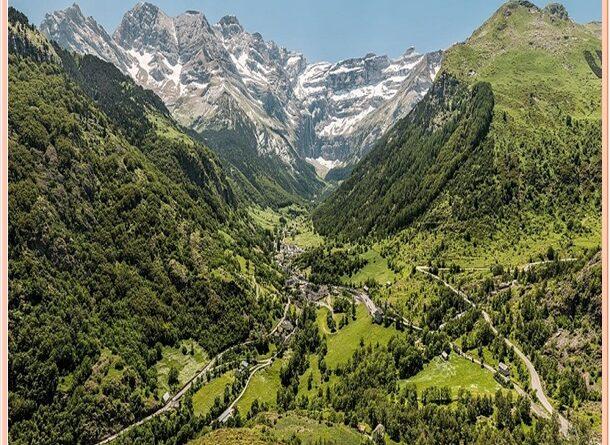
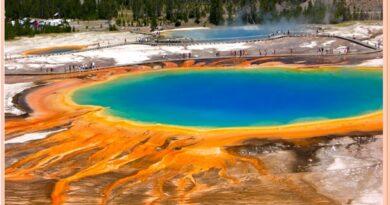
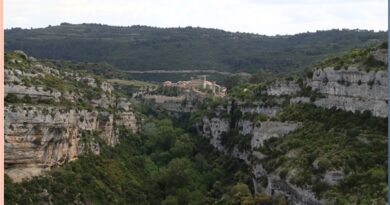
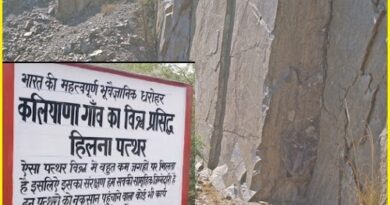
Pingback: The Algarve Portugal Beach And Beautifully carved Limestone Rock - Geotourism